Topics
Capital Markets and Finance
Once a sprawling expanse of uncharted land, Las Vegas, Nevada, has evolved into the entertainment capital of the world, a gaming super-hub, and a premier destination for sports. This remarkable transformation didn’t happen overnight; it stemmed from decades of strategic planning, investment, and visionary zoning recommendations.
Some commercial real estate owners face rising costs due to climate risk
Industry CPPI data suggests that property prices may be at—or near—bottom. The three major indexes from MSCI Real Assets, CoStar, and Green Street all showed an increase in CPPI in August. After rising 1.6 percent in August, Green Street’s recently released Commercial Property Price Index remained unchanged in September. Green Street’s all-property index—a measure of pricing for institutional-quality properties—is up 3.3 percent year-to-date through September.
Design & Planning
After over two decades of planning, development, and construction, the Residences at Harvard Commons, a mixed-income housing development comprising 45 affordable apartments and 54 market-rate single-family homes, is nearing completion.
The history of Denver is closely intertwined with the South Platte River. From the city’s initial settlement along the riverbanks in 1858 to subsequent urbanization that altered its natural course, the South Platte has played a significant role in Denver’s evolution. For much of the 20th century, however, metropolitan development turned away from this vital waterway.
For many who live outside Southern California, the Watts neighborhood of Los Angeles is remembered for the well-documented riots of 1965, a six-day period of civil unrest that brought 34 fatalities, numerous injuries, and widespread arrests.
Development and Construction
“Investors are increasingly looking at airports as lucrative opportunities,” said Steve Forrer, chief investment officer at Aviation Facilities Management Company. “When you position an airport development correctly, it can draw in a wide range of businesses, from tech startups to established global firms,” he said.
The construction landscape has largely held steady across the United States and Canada.
As the Fed began a series of rate hikes in 2022, the apartment market went from one of frenzied growth and optimism to a market characterized by decline, be it declining sales volume, declining occupancy, or declining values. As we near year’s end, stability and even positive momentum have begun to take hold, and there is good reason to expect them to carry into 2025 with the return of large, open-ended funds and an improved debt environment.
Resilience and Sustainability
With a rapidly expanding market, navigating the sea of financing mechanisms is a challenge. These are more than just funding sources. They are strategic tools that channel capital into sustainable projects while also managing environmental risks and delivering financial returns.
In January 2025, the Holcim Foundation played host to a second Global Fellowship—this time for Latin America—in Mexico City. The immersive two-week program occurred in collaboration with UNAM (National Autonomous University of Mexico) and focused on sustainable construction rooted in the social, environmental, and political realities of the region. The Fellowship is part of the Holcim Foundation’s global initiatives to support next-generation practitioners in the built environment.
Despite the headwinds to rebuilding quickly and efficiently, just after the worst of the Los Angeles fires, ULI Los Angeles joined UCLA Ziman Center for Real Estate and the USC Lusk Center for Real Estate to shape a response plan, created in just six weeks.
Issues and Trends
Institute trustee and Foundation governor was a force in Denver real estate
How seven U.S. cities are tackling the future of downtowns
President Biden’s administration aims to speed up historic building reviews.

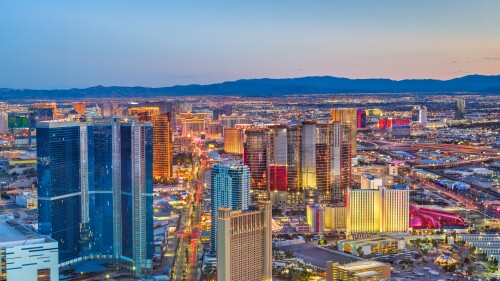

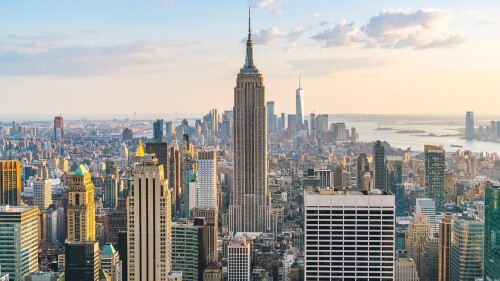
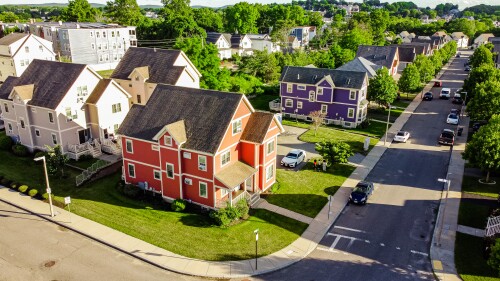
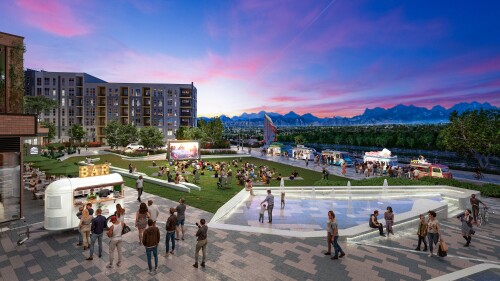
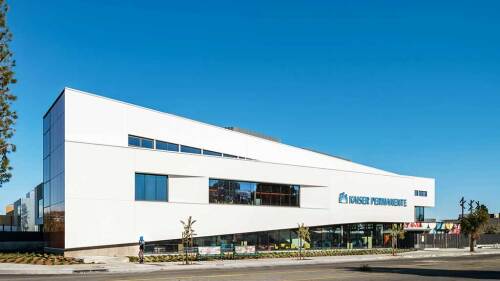

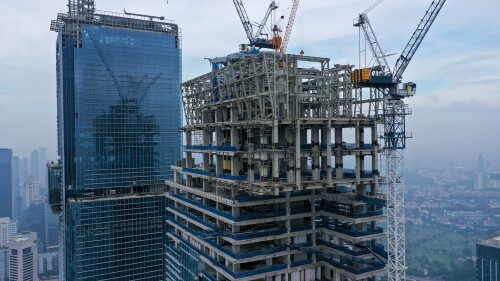
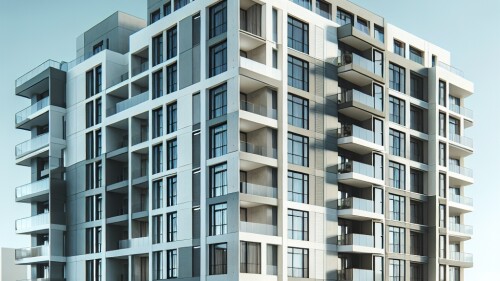

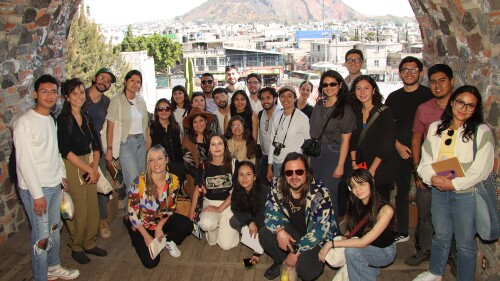
![07[1].jpg](https://cdn-ul.uli.org/dims4/default/2a18780/2147483647/strip/true/crop/4287x2409+0+475/resize/500x281!/quality/90/?url=https%3A%2F%2Fk2-prod-uli.s3.us-east-1.amazonaws.com%2Fbrightspot%2F5a%2F1c%2Fe19541d341af8104a918d841326e%2F071.jpg)


